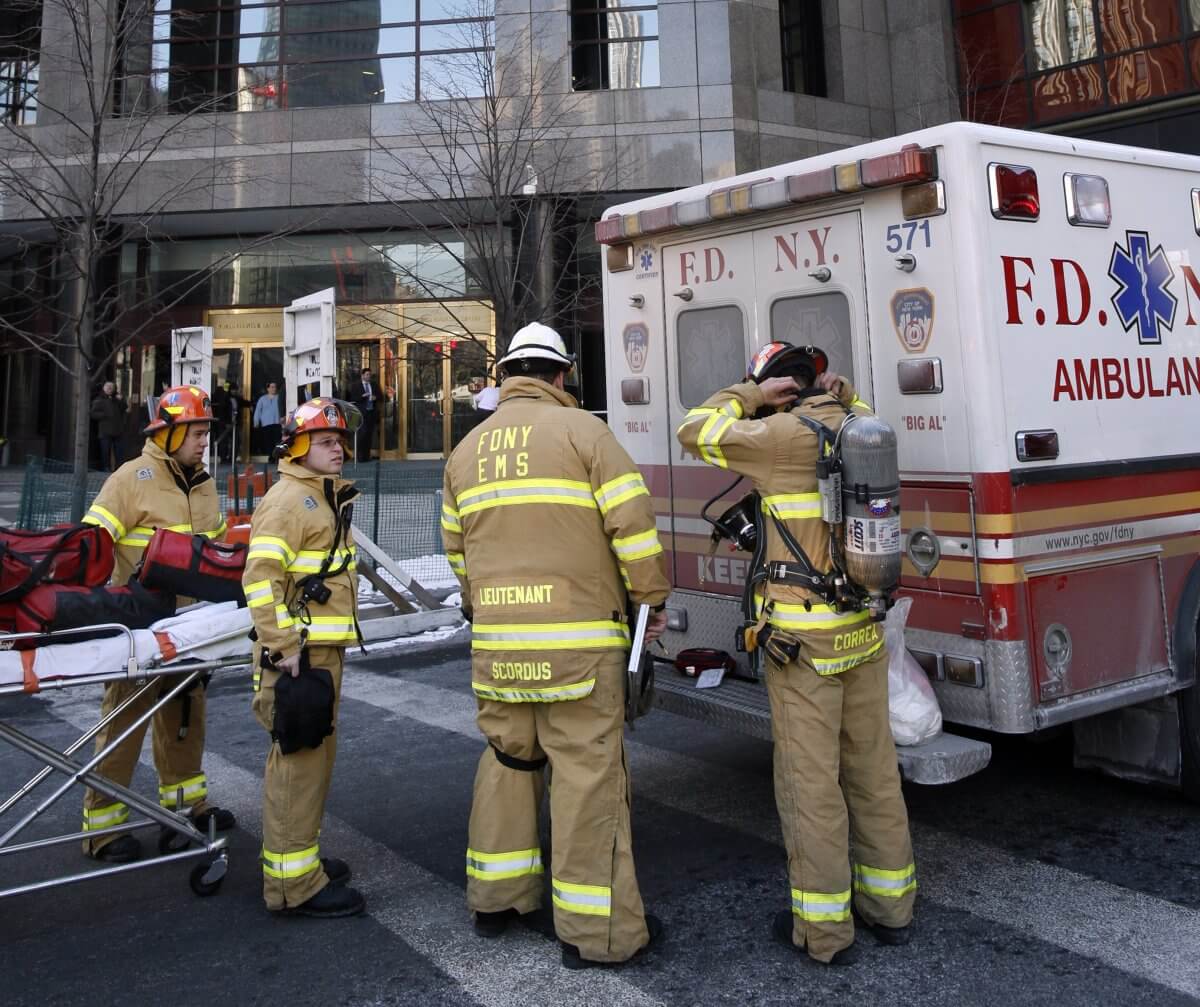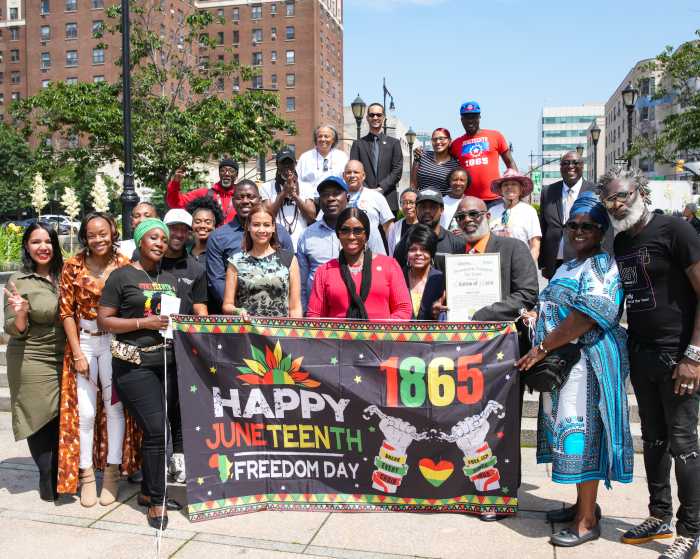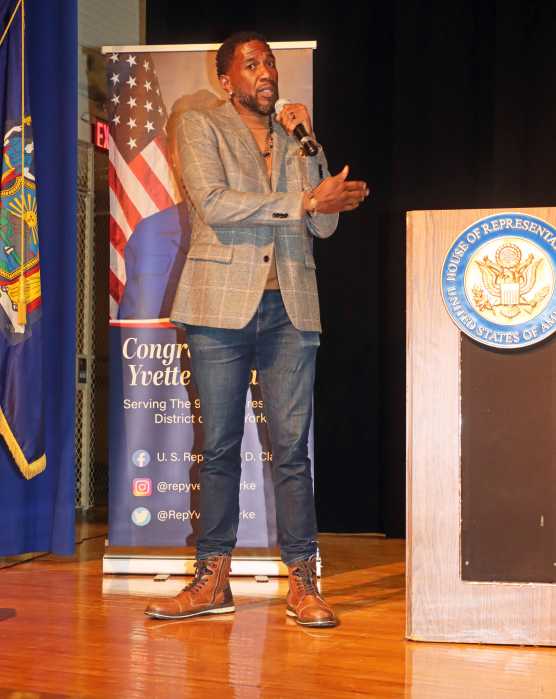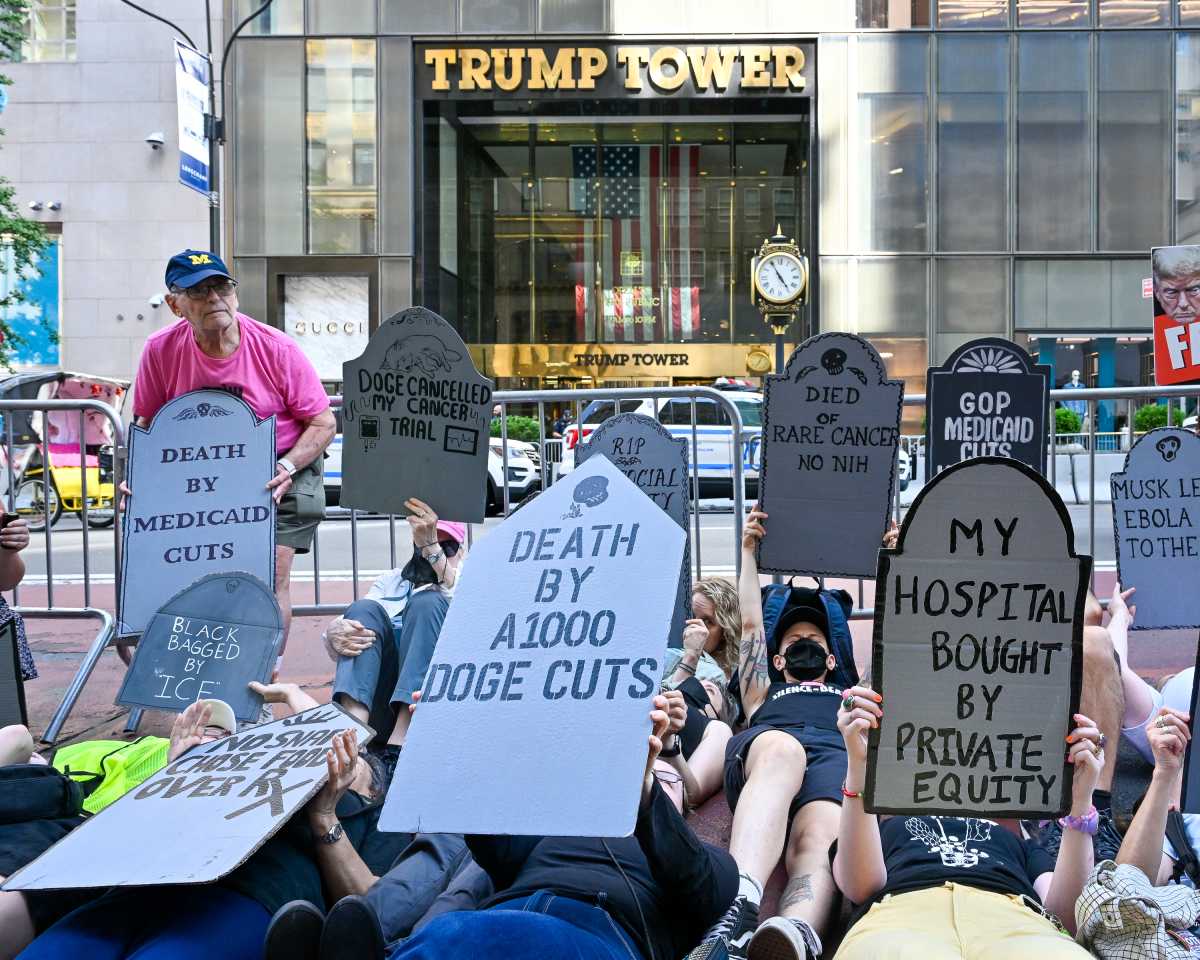A public relations and strategic communications firm in the city says Emergency Medical Service Unions (EMS) are in the process of suing the city for gender-and-race wage discrimination “due to employers being predominately women and people of color.”
“In 2019, FDNY EMS responded to more than 1.5 million medical emergency calls – a record high – even as job vacancies and massive turnover threaten to undermine medical care for New Yorkers,” said Alyssa Cambria, an account executive at Butler Associates, LLC, in an email to Caribbean Life, referring to the Fire Department of New York.
As a result, she said union leaders and EMS workers in late January testified before the City Council about “how highly stressful conditions and exceptionally low wages are resulting in high employee turnover rates.”
Cambria said FDNY Emergency Medical Technicians covered a lot of ground in 2019, responding to more than 1.5 million medical emergencies, of which more than one-third were considered “the highest level of life-threatening emergency,” such as cardiac arrest, choking and loss of consciousness, “requiring fast and very specialized treatment in a high-pressure timeframe.”
In their testimony before the City Council, Cambria said high ranking FDNY officials, EMS workers and union leaders underscored their “dedication to protect lives, while expressing very serious concerns linked to the high stress environment, coupled with exceptionally low wages and the resulting high turnover in personnel.”
For example, Cambria said an entry level FDNY EMT starts at $33,320 or about $16 per hour, which is “roughly $1 higher than the current minimum wage.”
The salary of New York Police Department (NYPD) officers and FDNY firefighters, in contrast, she said, starts at $45,000 “and can more than double after five years on the job.”
Cambria said EMTs and paramedics are also called on to respond to other major emergencies, including active shooter incidents, stabbings, hostage taking situations, and chemical, biological and radiological emergency, in addition to regular life-threatening emergencies, like heart attacks, strokes, or drug overdoses.
In light of what she described as ‘the high turnover caused by low wages,” Cambria said an estimated 65 percent of all FDNY EMS staff have less than three years on the job and 75 percent have less than five years.”
She lamented that the city pays to train and certify these uniformed workers “and, at the first opportunity, they leave for similar jobs with private companies, other municipalities or different city agencies paying considerably more.”
Cambria said City Council leaders “admonished FDNY officials who testified that the department was powerless to improve wages, something only the New York City Office of Labor Relations and the mayor had the authority over.”
She said Council members also “pressed for a commitment to give EMT’s wages commensurate with NYPD officers and FDNY Firefighters.”
Cambria quoted Oren Barzilay, president of FDNY EMS, Local 2507, as testifying: “We have wonderful recruits who come here to start their medical careers and simply cannot afford to stay.
“They cannot afford the rent, taxes, cost of commuting on the lowest wage scale imaginable in the entire medical industry,” he said. “It has unfortunately led to a treadmill-like employment churn, with 75 percent of our workforce with under five years’ experience and 65 percent with less than three years on the job.
“When it is your loved one unable to breath and requiring medical care now, most people would choose a paramedic or EMT with years of experience, not someone just out of the training academy,” Barzilay added. “New York City leaders must put an end to this horrible brain drain that is clearly dangerous to human life.”
Cambria said Council leaders “felt it was not coincidental that the lower paid FDNY EMS Bureau has the largest number and percentage of women, as well as people of color.”
“Obviously, being underpaid is demoralizing to our members and causes them the additional stress of trying to make ends meet in one of the most expensive cities in the world,” said EMS Superior Officers Association of the FDNY President, Joseph Pataky. “The long-term impact of underpayment is that it leads to an increased turnover of personnel.”
Vincent Variale, President of Local 3621 of DC 37, representing Uniformed EMS Officers, said that “when EMS first responders are paid less than what it costs to live in the city they serve, it impacts the morale.
“It also causes massive turn over,” he said. “Ironically, one of the reasons the deBlasio administration says they can’t fix this problem is that it will cost too much.
“However, the training and recruitment costs in bringing EMS first responders into the department, only to have them leave in a year or two, is more expensive,” he added. “What is the value of expertise, longevity and experience of EMS personnel responding to the public when they need life-saving services?”
Michael MacNeil, President of the Boston Police Patrolman’s Association’s EMS Division testified that the EMT’s and paramedics in that city, with a lower cost of living, lower call volume and fraction of the population, earn only about 2 percent less than Boston police officers.
In New York City, he said the wage gap is about 40 percent between police officers and EMS.
“We get inquiries from NYC EMT’s and paramedics who can’t make ends meet here and want to come work in Boston,” he said. “Our members work shoulder to shoulder in the most challenging of environments. Underpaying any of these first responders endangers all of them.”
In addition to responses to medical emergencies, Cambria said EMS staff working with the Mobile CPR Training Unit trained more than 27,800 New Yorkers, including 18,000 students, to perform bystander CPR.
“Immediate bystander CPR, coupled with defibrillation within the first few minutes after sudden cardiac arrest, can greatly increase a victim’s chance of survival,” she said.



























